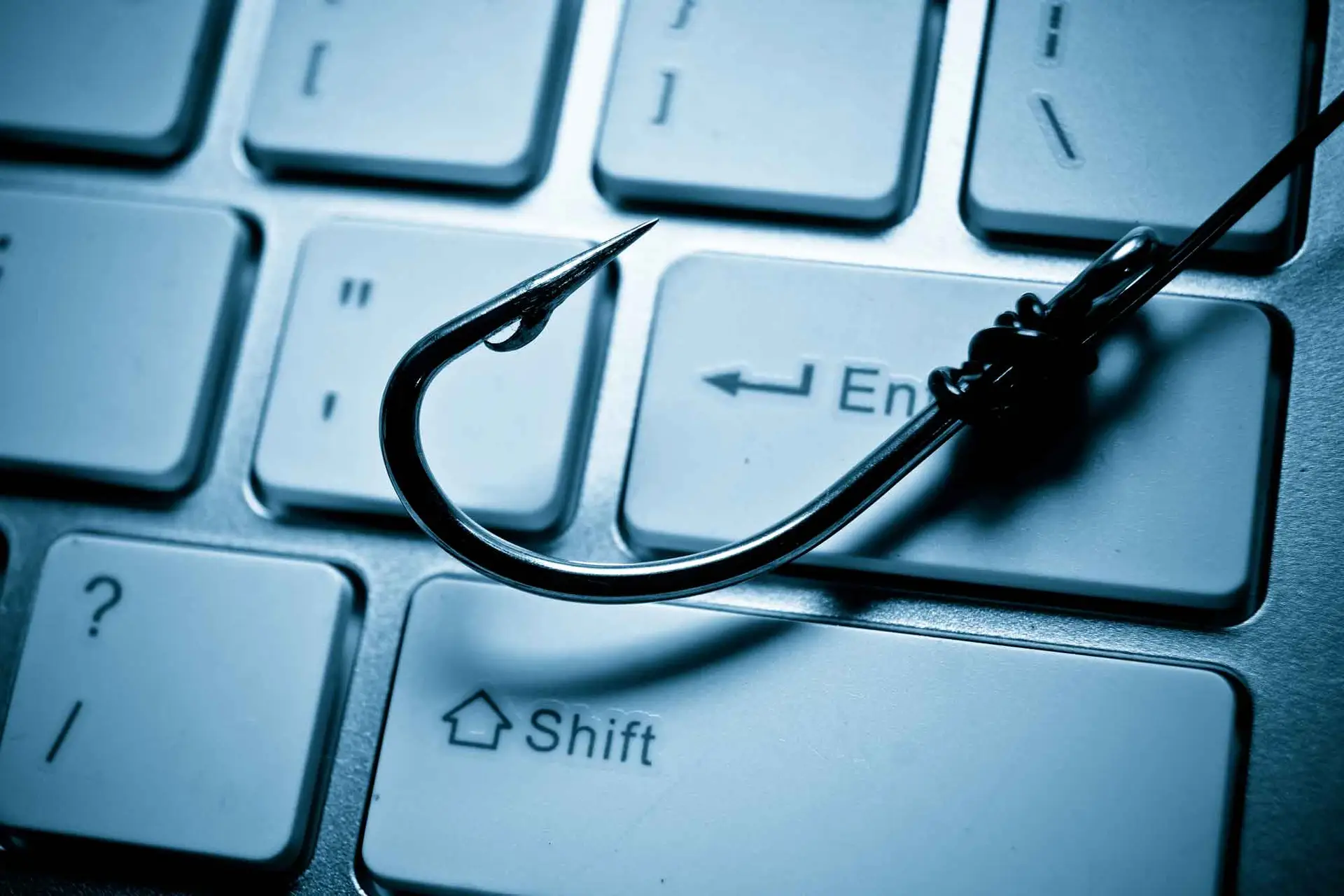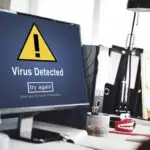Email scams and phishing attacks are among the most common cybersecurity threats facing businesses and individuals today. These deceptive messages are designed to trick you into clicking on malicious links, revealing sensitive information, or even wiring money. Fortunately, you don’t have to fall for them—if you know what to look for.
Here are some practical tips to help you identify and avoid phishing emails:
📌 1. Check the Sender’s Email Address
Always inspect the sender’s email address closely. Scammers often spoof addresses that look legitimate at a glance. For example, support@paypa1.com (with a number “1”) instead of support@paypal.com.
📌 2. Hover Over Links Before Clicking
Before you click on any link, hover your mouse over it to preview the URL. If it looks suspicious, contains strange domain names, or doesn’t match the brand it claims to be from—don’t click.
📌 3. Watch for Urgent or Threatening Language
Phishing emails often try to scare you into acting quickly with lines like:
-
“Your account has been suspended.”
-
“You must act now to avoid penalties.”
Take a deep breath—scammers use urgency as a tactic. Legitimate organizations don’t pressure you this way.
📌 4. Be Wary of Attachments
Never open unexpected attachments, especially from unknown senders. They may contain malware or ransomware. Common dangerous file types include .exe, .zip, and .scr.
📌 5. Don’t Share Personal Information
Legitimate companies will never ask you for passwords, Social Security numbers, or credit card details via email. If you’re unsure, contact the company directly using official channels. Don’t use contact methods in the email as they may have been altered.
📌 6. Use Multi-Factor Authentication (MFA)
Enabling MFA adds an extra layer of protection—even if a scammer does get your password, they won’t be able to access your accounts without your second factor (like an app code or SMS confirmation).
📌 7. Educate Your Team
If you run a business, provide regular phishing awareness training for your employees. Simulated phishing tests are an excellent way to practice identifying suspicious emails in a safe environment.
📌 8. Use Email Protection Tools
Deploy advanced email filtering solutions like Microsoft Defender for Office 365 or SentinelOne to scan incoming messages and stop threats before they reach your inbox.
📌 9. Report Suspicious Emails
If you receive a phishing attempt, report it to your IT department or email provider. In Outlook, you can use the “Report Phishing” button to alert Microsoft directly.
📌 10. Stay Updated
Cybercriminals are always evolving. Stay informed about the latest phishing techniques by following trusted cybersecurity blogs or subscribing to threat intelligence updates from your IT provider.
Final Thoughts
Phishing scams aren’t going away anytime soon—but with a little caution and the right tools in place, you can avoid falling victim. At TMD Technology , we help businesses stay secure with phishing simulations, email protection services, and ongoing training. Need help securing your inbox? Call us today 561-404-9251.






